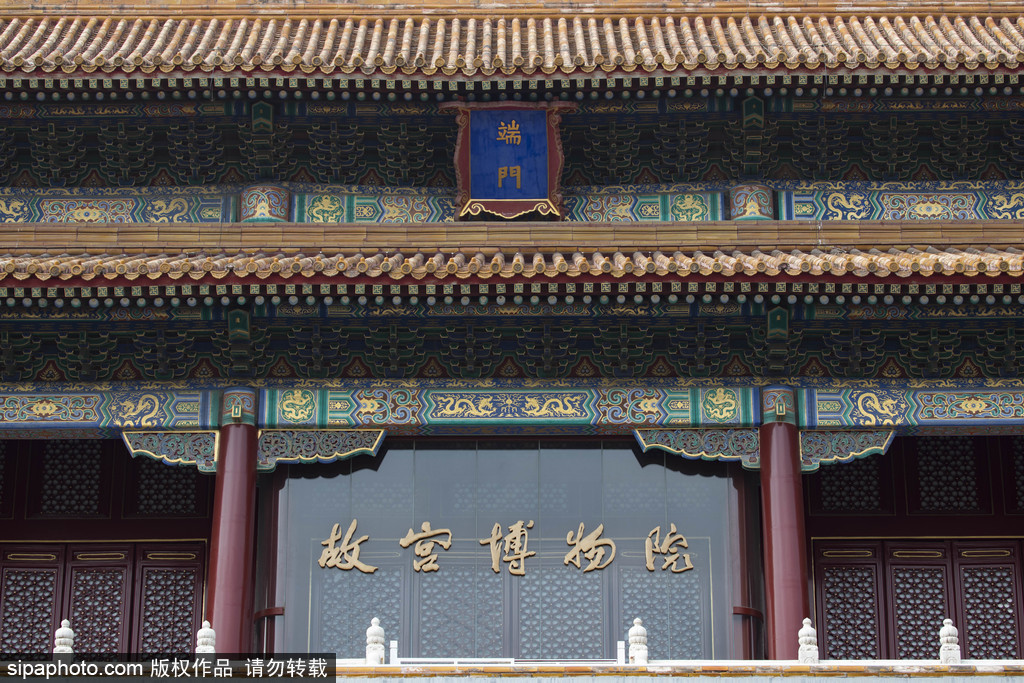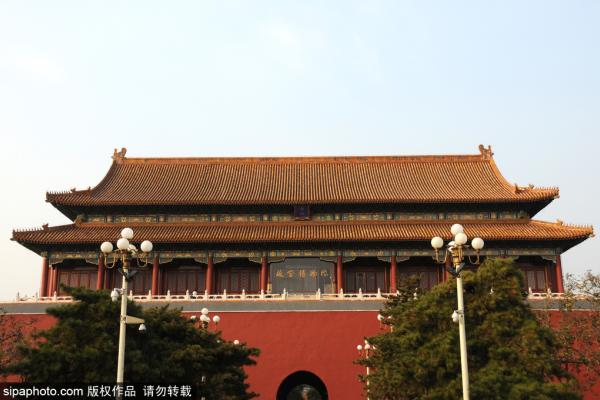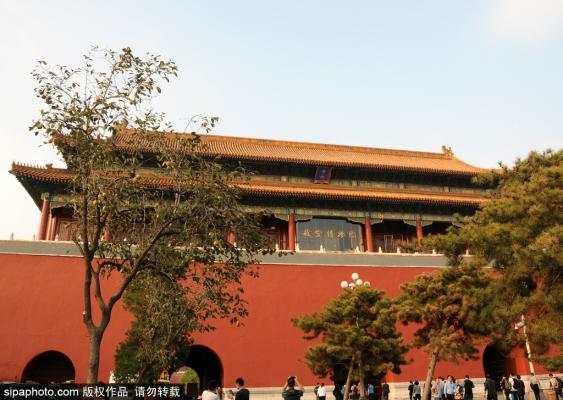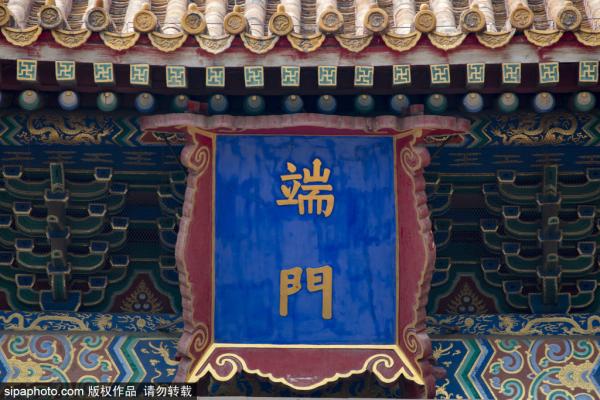Upright Gate (端门)

-
Tel:
400-950-1925 -
Best Time to Visit:
All year -
Duration:
30 minutes -
Admission:
60 RMB 60 RMB -
Opening Hours:
8:30-17:00
Entry stops at 16:00
Description
Upright Gate (端门)
The Upright Gate was an essential part of the leading space for ritual activities before entering and exiting the palace city and part of the imperial court. Together with the Tiananmen Gate, the Upright Gate features a towering volume and a solemn style, highlighting dignity and divinity of central axis buildings in the palace city and the imperial city.
Location and Layout
The Upright Gate stands south of the Forbidden City between the Meridian Gate and the Tian'anmen Gate. Betwee...
Upright Gate (端门)
The Upright Gate was an essential part of the leading space for ritual activities before entering and exiting the palace city and part of the imperial court. Together with the Tiananmen Gate, the Upright Gate features a towering volume and a solemn style, highlighting dignity and divinity of central axis buildings in the palace city and the imperial city.
Location and Layout
The Upright Gate stands south of the Forbidden City between the Meridian Gate and the Tian'anmen Gate. Between the Upright Gate and the Meridian Gate are the East and West Duty Offices, symmetrically flanking Beijing Central Axis. On the north of the East and West Duty Offices is the Left and Right Watchtower Gates respectively. On the south of the East and West Duty Office are the Right Gate of the Ancestral Temple and the Left Gate of the Altar of Land and Grain, respectively, both leading to the middle area of the Imperial Ancestral Temple and the Altar of Land and Grain. Between the Upright Gate and the Tian'anmen Gate are the East and West Waiting Rooms for Officials, with an Entrance Gate on each side leading to the south areas of the Imperial Ancestral Temple and the Altar of Land and Grain, respectively.
Architecture and Landscape
The Upright Gate, the Meridian Gate, the Tian'anmen Gate, and the Thousand-Step Corridor constitute two courtyards of great depth and the building sequence leading to the Forbidden City. The multiple gates and high walls form a compact space, contrasting the vast, open space in the Gate of Supreme Harmony Square and creating a dynamic spatial rhythm. The Upright Gate, comprising the terrace and the gate tower, is similar to the design and size of the Tian'anmen Gate. It is 9 bays wide and 5 bays deep. with a double gable-and-hip roof of yellow glazed tiles.
Functions and Traditions
It had roughly the same function during the two dynasties: storing the ceremonial items like flags and weapons carried by guards of the emperor when he went out. It was also the venue where guards of honor were reorganized. When an emperor went on or returned from an inspection tour he set out on an imperial man drawn carriage at the Upright Gate, initiating a formal process beginning with a bell tolling from the Upright Gate and a drum beating from the Meridian Gate. The ritual procession lined the imperial road. The buildings flanking the Upright Gate were waiting rooms for officials before they went to the court to meet the emperor. Today, the Upright Gate is open to the public as museum.
History and Development
The Upright Gate was first built in 1420 and rebuilt in 1667. It was repaired and officially opened to the public in 1999.


